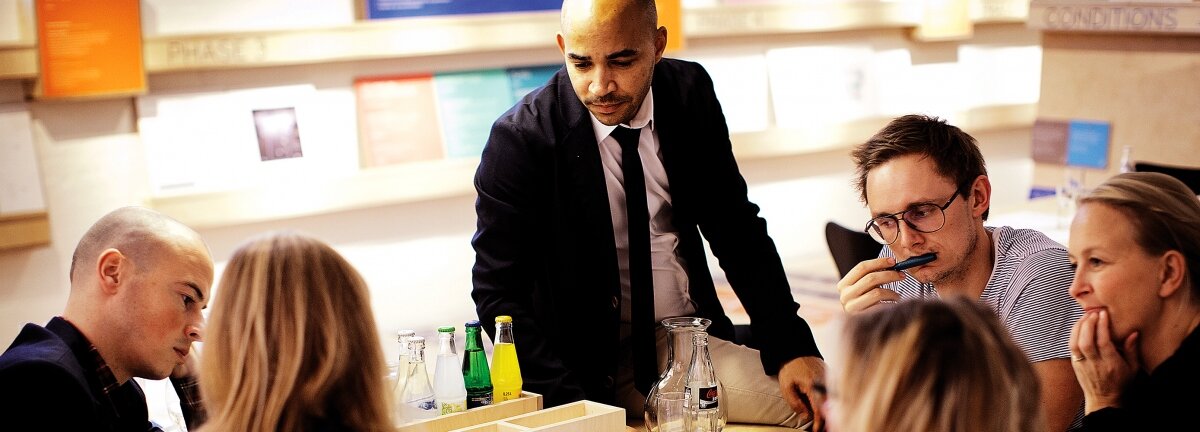When governments meet design: international webinar

On 7 May I'll be joining the When Government Meets Design webinar to discuss how design is shaping public services around the people who use them.
Addressing service, policy and organisational challenges in the UK government through the lens of design is an important area of work for the Design Council. During the time that we have been working in public sector innovation, interest in design has also increased dramatically in other governments around the world. It was with this in mind that I was pleased to accept the opportunity to discuss this topic on 7 May as part of a webinar with the National Endowment for the Arts in the US.
In late 2013, I was fortunate to undertake a study trip to the USA to look at how design methods are being used in federal and state government. This took me to Boston, New York, Washington, San Francisco and LA. I found that businesses in the USA have really pioneered the use of design as a strategic tool. Yet, interestingly, many people I met estimated that the application of design to service and policy challenges in US government is 5-10 years behind some EU countries.
A raft of labs and not-for-profits are leading some of the world’s thinking on how design methods can be used to tackle ‘super-wicked’ problems.
However, the trip suggested that the role of design as a tool for public sector innovation in the USA is changing and a raft of research centres, labs and not-for-profits are leading the thinking on how design methods can be used to tackle society’s toughest ‘super-wicked problems’. These include ChangeLabs, Stanford University, Designmatters, Arts Centre Pasadena, Transdisciplinary Design work at Parsons New School, and The Lab @ Office of Personnel Management.
The trip also revealed a fascinating network of people working on some of the newest and most exciting challenges for designers, and for non-designers using design methods – where the subject and results of the design process could be platforms, organisational cultures or systems.
The webinar will share insights on how design is being used to create public services around the people who use them.
When the National Endowment for the Arts in the USA asked us to put together a webinar on how governments are using design as part of their Learning from Abroad series, it was a brilliant opportunity to connect people from this network with those in the UK. International forums for discussing design in the public sector are vital, because whilst there is growing community of research and practice there are also significant knowledge gaps.
The When Government Meets Design session will share insights on how design is being used to create public services around the people who use them, to introduce new methods into the civil service skills set and as a tool to aid the process of public policy development. Speakers are:
- Beatrice Andrews, Senior Policy Advisor, Policy Lab, Cabinet Office UK
- Chelsea Mauldin, Director, The Public Policy Lab, New York
- Camilla Buchanan, Policy Advisor, Design Council UK (moderating)
We will also be thinking about areas for further research and work and would welcome wider views, so we hope you can listen in and contribute to the Q&A. Some of the questions we want to address are:
- How can we build the evidence base and what are the best measures of design in government?
- How do design methods work in political contexts and in conjunction with other innovation approaches, such as behavioural insights?
- Are there common design principles and methods in frontline projects (on the service implementation level) and in strategic projects (on the policy-level)?
- What are the spaces, language and on-going support required for non-designers using design?
- What training is needed for designers to work in non-design environments?
Please sign up and join in the webinar, the more voices and opinions the better.
Subscribe to our newsletter
Want to keep up with the latest from the Design Council?
